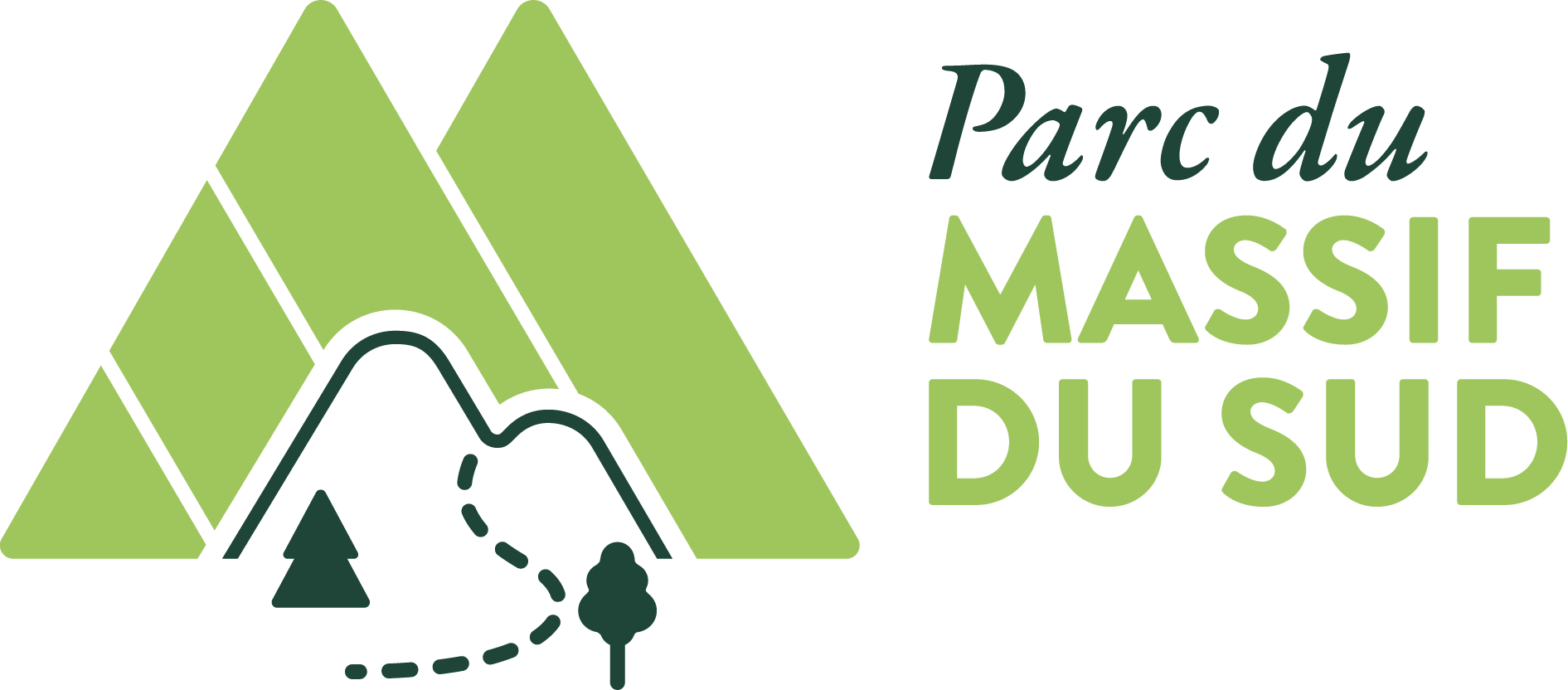Home » Activities » Fishing
Camping, hiking and…fishing? Of course! Get your tackles ready!
Three main rivers are born in the Massif du Sud : the Etchemin, the Sud and the Daquaam river, which runs to the United States. The different springs feeding those rivers come from the highest mountains of the area and change in flow throughout the year. Its waters are crystal clear and, year-round, chilly.
Those three rivers are known to be a birthing and growing zone for one species, the brook trout. Visitors of the park are welcome to try to catch a few trout, but the result might be deceiving as the fish are quite small, no matter the season.
Within the park, you can also find a few beaver ponds, a big grassy marsh and a small bog. Wildlife lovers will most likely be pleased by the diversity of fauna and flora.
SAFETY GUIDELINES AND USEFUL TIPS FOR FISHING
BEFORE YOU LEAVE
- Choose synthetic clothing rather than cotton, they will dry faster and keep you warm even if they are wet
- Bring enough water (1 litre minimum) and a snack
- Bring a small backpack with a headlamp, matches, sunscreen lotion, a first aid kit and a trail map
- Plan your itinerary on a map and let someone know of your plan, including departure and return time
- Inquire about the fishing areas located in the park
- Check the weather forecast before leaving
WHILE FISHING
- For your own safety, never leave alone
- Be careful on the shores and the rocks by the river, particularly when they are wet
- Fish only in the designated area and leave a minimal distance of 10 meters with any road or trail
- Drink water often and in small quantities
- Carry your trash with you to dispose of it in a garbage bin
- Don’t hesitate to evaluate your itinerary during the day and to turn around if necessary
What to do if you are injured and cannot move?
- First, if you have a cellphone with you, see if you have cellphone signal where you are. If so, call the visitor center at 418-469-2228 extension 101. Explain your situation and ask for help.
- If you don’t have cellphone signal where you are, but you’re not alone, protect yourself from the cold, the wind and the ground. Once you are in a stable position, ask your partner to go get help at the visitor center.
- If you are by yourself, cannot move and don’t have cellphone signal, try to stay as warm as possible and protect yourself from the ground with some form of insulation. Stay close to the trail and try to be easy to see by other users or the rescue team.
In any case, never leave the signaled areas.
What to do if you are lost?
- If you left the signaled area and you don’t know where you are, turn back following your footprints until you reach the signaled area.
- If you cannot see your footprints, and are on a slope, slowly make you way down: most of our trails follow rivers or streams in the valleys. If you reach a river or a stream, follow it until you reach a trail.
- If you cannot see your footprints, and even by going down into the valley you cannot find any stream, river or trail, but you have a cellphone, see if you have cellphone signal where you are. If so, call the visitor center at 418-469-2228 extension 101. Explain your situation and ask for help.
- If you don’t have cellphone signal where you are, you cannot see your footprints and are lost outside of the signaled area, try to orientate yourself: try to find a summit or another clue to where you might be. Move only if you are sure of the direction you’re heading to.
- Otherwise, the best thing to do is to stay where you are, to protect yourself as much as possible from the elements, to make sure you are easy to see using any colorful object (clothing, tent, tarp, etc.) and, if you have one, by using your whistle, or calling for help. If night falls, turn a headlamp on or start a fire to ensure you are easy to spot.
In any case, it is preferable to wait for help rather than spending your energy going around in circles in the woods.




